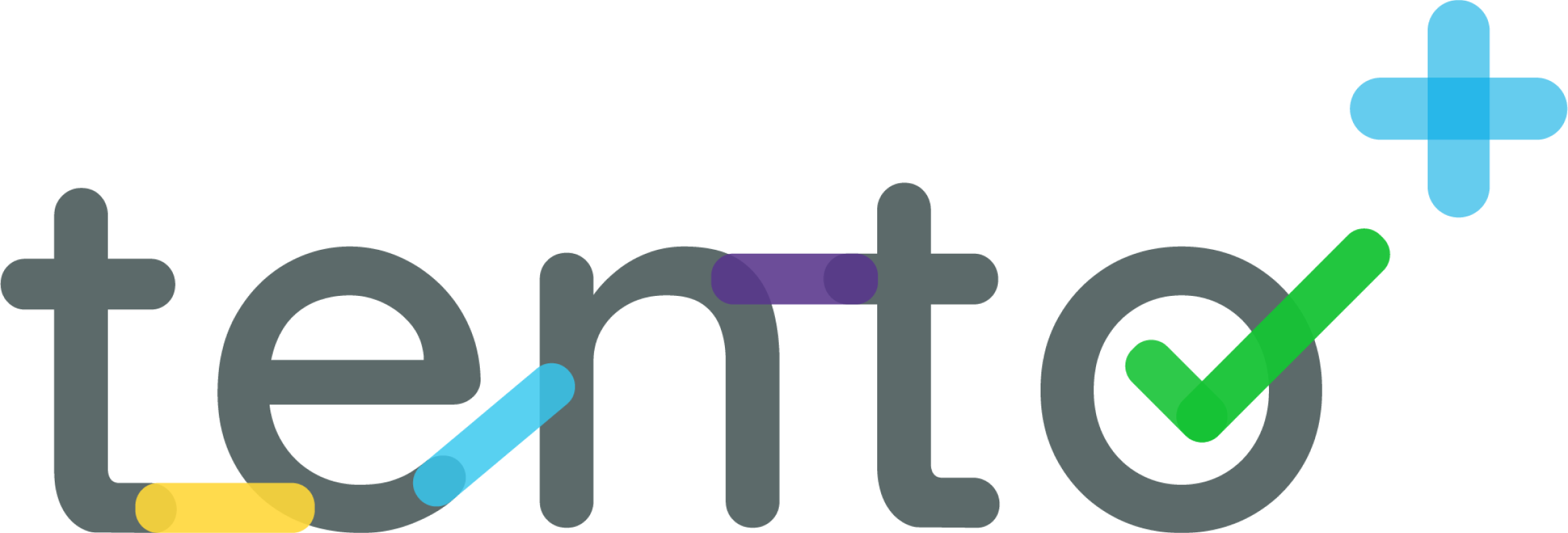Traceability done right.
Design traceability is a critical aspect of the product development process that ensures that every design decision and requirement is accounted for and linked throughout the project lifecycle. Getting design traceability right the first time is essential for avoiding costly errors, reducing rework, and maintaining a clear understanding of the project's progress. In this article, we will explore key strategies to achieve effective design traceability and highlight the role of Tento+, an online platform designed to streamline and enhance the traceability process.
In this masterclass we will review the following topics:
- Understand the Project Requirements
- Establish Clear Relationships Between Components
- Utilize Automated Traceability Tools
If you have any questions during the masterclass, our experts can answer them directly in the chat, or you can register for our compliant in 4 weeks programme here.
Understand the Project Requirements
Before embarking on the design process, it is crucial to have a comprehensive understanding of the project requirements. Clearly defined and documented requirements serve as the foundation for traceability, allowing designers to establish links between different elements of the project. Tento+ offers a centralized repository for requirements, making it easier to track and manage them throughout the design phase.
Maintain a balance between clarity and engagement, ensuring your readers grasp the core concepts efficiently.
Establish Clear Relationships Between Components
As designs evolve, it becomes increasingly complex to manage the relationships between different components. Establishing clear and traceable relationships is essential to ensure that any changes or updates to one component are reflected in related elements. Tento+ facilitates this process by providing a visual interface to map and trace relationships between various design components, fostering transparency and minimizing the risk of oversight.
Maintain a balance between clarity and engagement, ensuring your readers grasp the core concepts efficiently.
Utilize Automated Traceability Tools
Manual traceability processes are prone to errors and inefficiencies. Leveraging automated traceability tools, such as those offered by Tento+, can significantly enhance the accuracy and efficiency of the traceability process. These tools help identify and update links between requirements, design elements, and test cases in real-time, reducing the likelihood of discrepancies and ensuring that traceability is maintained throughout the project.
Maintain a balance between clarity and engagement, ensuring your readers grasp the core concepts efficiently.
Real world example
Consider a scenario where a design team is developing a mobile application. The initial project requirements, housed in Tento+, outline the need for a user-friendly interface, quick response times, and compatibility with multiple devices. As the team progresses, they use Tento+ to link specific UI components to corresponding functionalities, creating a clear traceability path.
Upon receiving user feedback, the team decides to enhance the application's responsiveness. With Tento+, they update the traceability matrix, linking the revised code modules back to the enhanced user experience requirement. This ensures that every design decision is traceable and aligned with the project's evolving needs. Tento+ serves as a seamless integration point, offering a real-time snapshot of the project's traceability landscape and promoting effective decision-making throughout the development lifecycle.
Got a question about how to manage traceability respectively? Just drop my a message in the chat.

